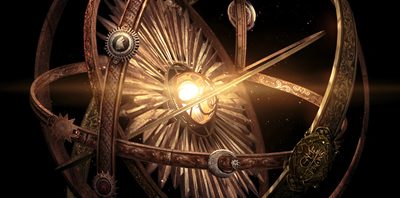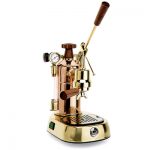[Part 1 of 12: 1) The science of the artificial 2) function, behaviour structure 3) form follows function, 4) no function in structure, 5) the medium is the message 6) types and schemas 7) aesthetics: attractive things work better 8) managing (great) expectations 9) colour 10) styles and standards 11) design solution spaces 12) conclusions]
Design is the science of the artificial – Herb Simon
Design is the process of making ideas tangible, in order to improve anything from the task at hand, to changing how a whole government functions. And, because of the impact that design can have on society – just think about how Tim Berners-Lee’s World Wide Web has completely changed our working lives – the design process has been studied for centuries. In Roman times, architect Vitruvius wrote in his De architectura that the human figure is a great example of proportion which in turn inspired Leonardo da Vinci to draw his Vitruvian Man. Design sometimes imitates nature whilst performing the science of the artificial.
Different ways of designing Design
There are several schools of thought when studying design, and sometimes these terms are used interchangeably.
- Design theory draws on Architectural and Art theory such as the work of Vitruvius and the philosophically-based Aesthetics. Much research is done using mathematics, which is logical given that there many satisfying mathematical designs in nature: The golden ratio, fractals, rule of thirds, and Fibonnaci’s sequence, to name but a few. Sometimes design theory is viewed as the superset of design science and design thinking.
- Design Science (or design research) studies the best way to understand, teach and perform design, whilst developing tools to support or automate design tasks.
- Design thinking often focuses on ambiguous problems where success has no defined outcome. This approach is bigger than the design needed to create a deliverable which can be judged as satisfactory, by the client or customer.
- Design Aesthetics is sometimes used interchangeably with commercial design as a way to produce aesthetically pleasing products in order to have a competitive advantage. Here we see how and why marketing has become inextricably linked to design – just think Apple.
Redesigning design
Designer Don Norman has said that we are all designers, which is partially true, as everywhere we go, we design our spaces in our houses and at our desks. It’s one thing to reorganise your bedroom but it doesn’t necessarily mean that we could all design a complex sociotechnical system like the ones, for example, which exist in hospitals where patients, multidisciplinary teams of surgeons, consultants, nurses, and computer systems must all interact, schedule, and record everything from consultations, booking surgery slots, courses of treatment, and follow-up appointments that make up a whole journey which might occur over many years.
It does, however, mean as Architect Paul Grillo says, in Form Function and Design that:
Design is everybody’s business: we live in it, we eat in it, we pray and play in it.
For technology is constantly changing, and so is our society – just think of the need for Simplexity and the Internet of Things in our new Digital Culture, – and so is design, as it expands to support humans in their creativity and communication in an ever more complex world.
And, so I am starting a new blog series where I will look at individual design principles or theories which try to support humans as they create and communicate.






